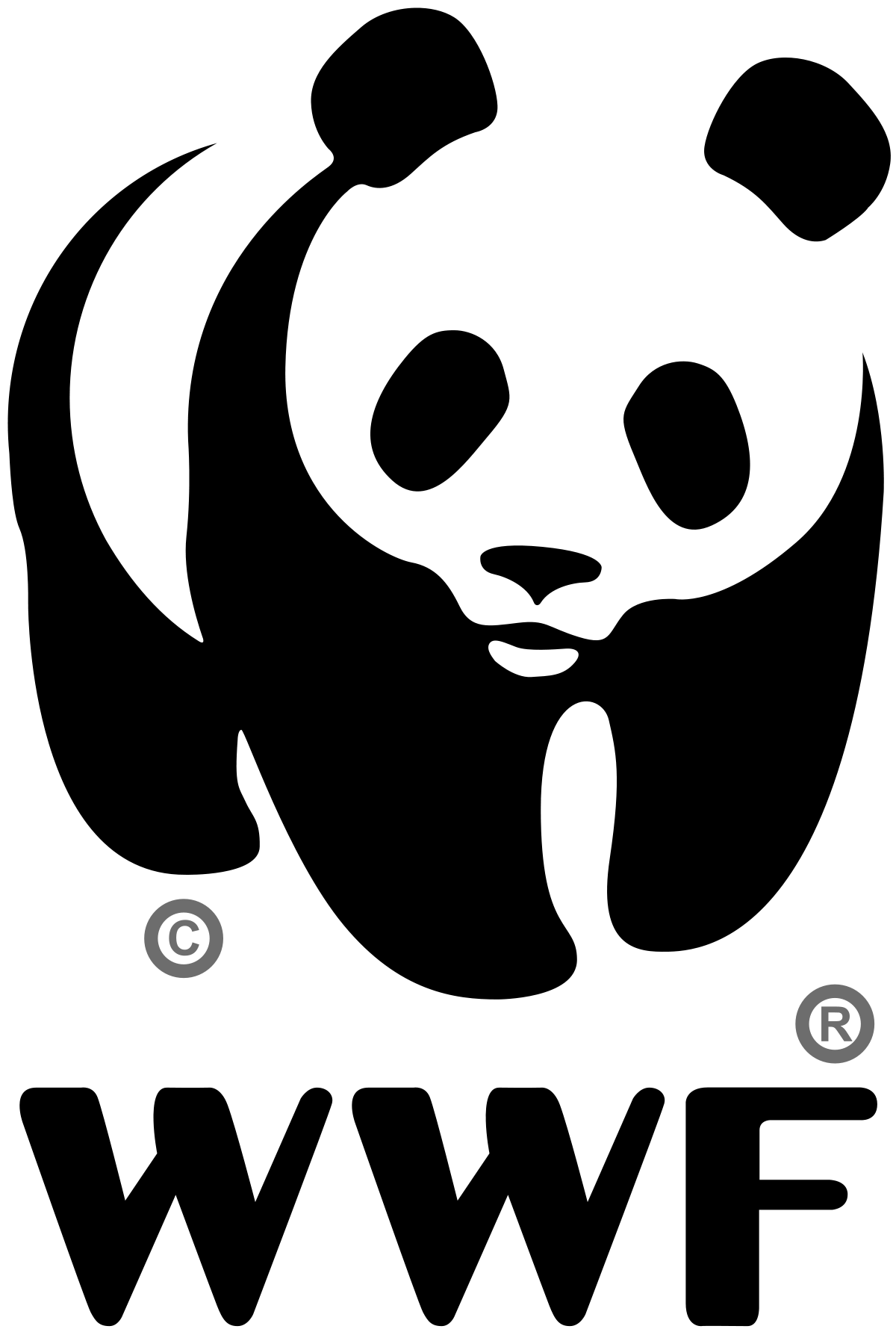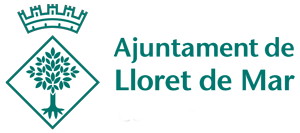GALLERY MONTPHOTO 2022
Art in nature
The tree de José Pesquero Gómez de Pozuelo de Alarcon (Madrid)
Place: Andalusia, Espanya
Description:
Photo taken with a drone in which the aerial view reveals a figurative forest landscape in which a large tree stands out rising from the surface of a land that is not such, but the water has a leading role and is responsible for tracing the ramifications of the central tree. By setting the drone at the ideal height and position, I was able to compose this scene and isolating this figurative tree.
Skull de Sergio Tapia Tejada de Sevilla (Sevilla)
Place: Río Tinto, Huelva (Espanya)
Description:
Río Tinto, the most striking feature in this zone is the redness of the water. This photograph is the result of a Common pond skater (Gerris lacustris) settled on the reflection of the sun.
When the wind blows de Alessandro Carboni de Cagliari (Sardinia)
Place: Islàndia
Description:
I took this photo in Iceland, on the Snæfellsnes peninsula. When I took this image, where you can see several species of gulls (Larus sp.), I could strongly feel the elements of nature. I believe that photography gives us the incredible opportunity to share a message of essential beauty which we need more than everything. We are Nature, we must preserve it for a better future.
Star Spangled de David Maitland de Feltwell (Norfolk)
Place: Parc forestal Thetford, Norfolk (Regne Unit)
Description:
Blue auto-fluorescing Star-shaped defensive Deutzia sp. leaf hairs are silhouetted against the leaf’s red-fluorescing chlorophyll-packed cells. When exposed to invisible Ultraviolet light (but visible to insects etc.), plant Chlorophyll fluoresces bright red. All green plants fluoresce red while photosynthesising, but its presence is too faint to be seen in broad daylight.
Forward Motion de Bret Charman de Ropley (Hampshire)
Place: PN South Luangwa, Zàmbia
Description:
Photographing unique images of leopards (Panthera pardus) is no easy feat and South Luangwa National Park. I had been looking to capture a leopard, in forward motion, with a slow shutter speed. I wanted to capture its form, its spots and the movement in all its glory. As this leopard crossed in front of another vehicle's headlights, I was able to use the slower shutter speed and pan with the big cat.
Lepthotrix de Rob Blanken de Veenwouden (Friesland)
Place: Gasteren, Drenthe (Països Baixos)
Description:
Biofilm of Lepthotrix bacteria. On specific places in Drenthe groundwater containing metals like iron and manganese wells up from the soil. This bacteria oxidize these metals and create a biofilm at the surface of the water. The patterns and colors of these biofilms are always different and very special.
Coral Spawning: An Underwater Colorful Snowstorm de Tom Shlesinger de Eilat (Choose...)
Place: Golf d’'Aqaba, Mar Roja (Elat, Israel)
Description:
Corals (Cnidaria Anthozoa) are animals and that’s how they reproduce and make baby corals. Yet catching coral spawning is tricky business as it usually happens only once a year in specific month, night, and hour for a very short time. I spent years and hundreds of nights building a calendar of coral reproduction in the Red Sea until finally capturing a magical image of this underwater, upside-down, colorful snowstorm
Rules of the web site | Legal advice | Privacy statement | Cookies policy | Change cookies preferences
Administration | Web design: ATMultimedia.com

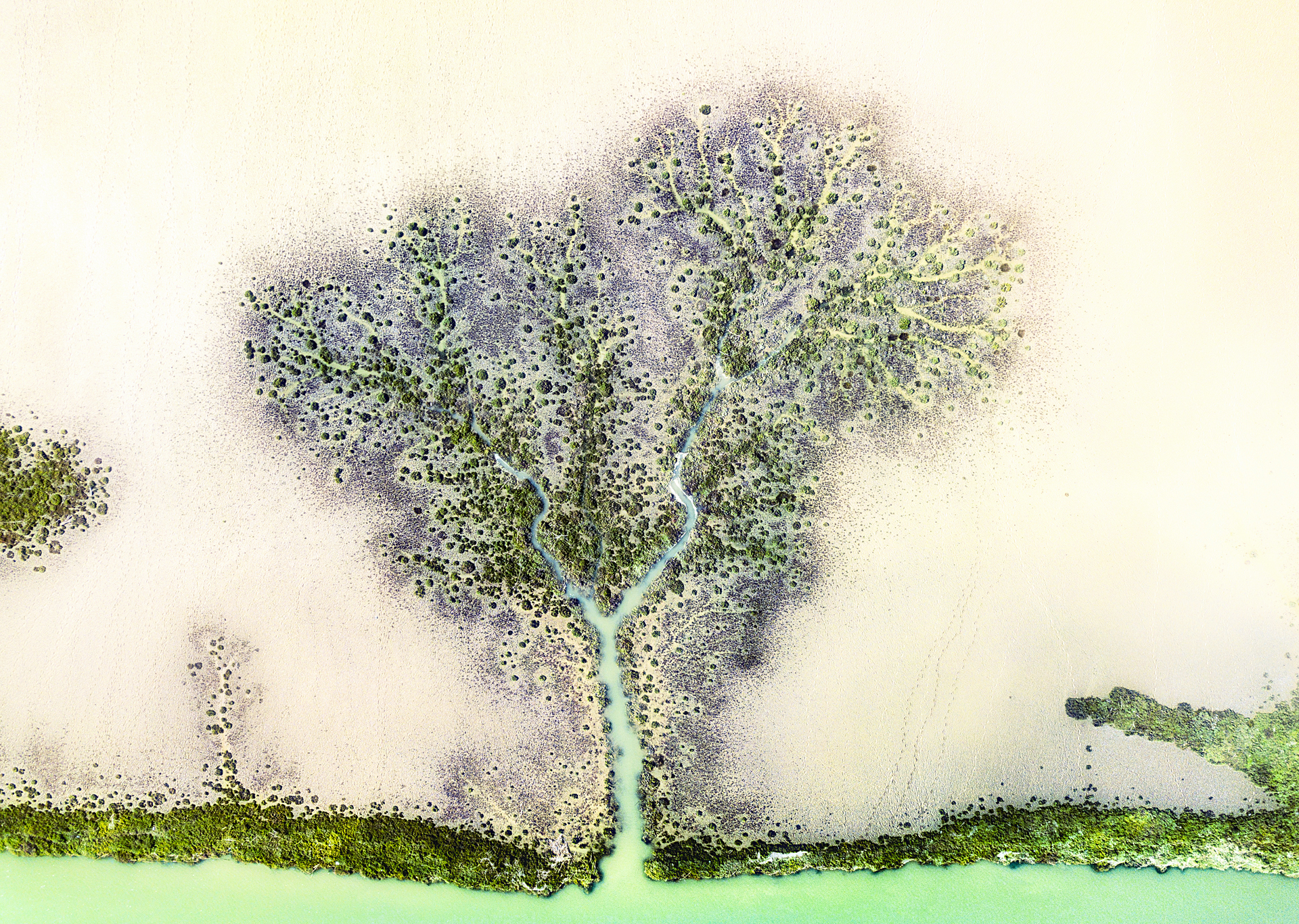
.jpg)
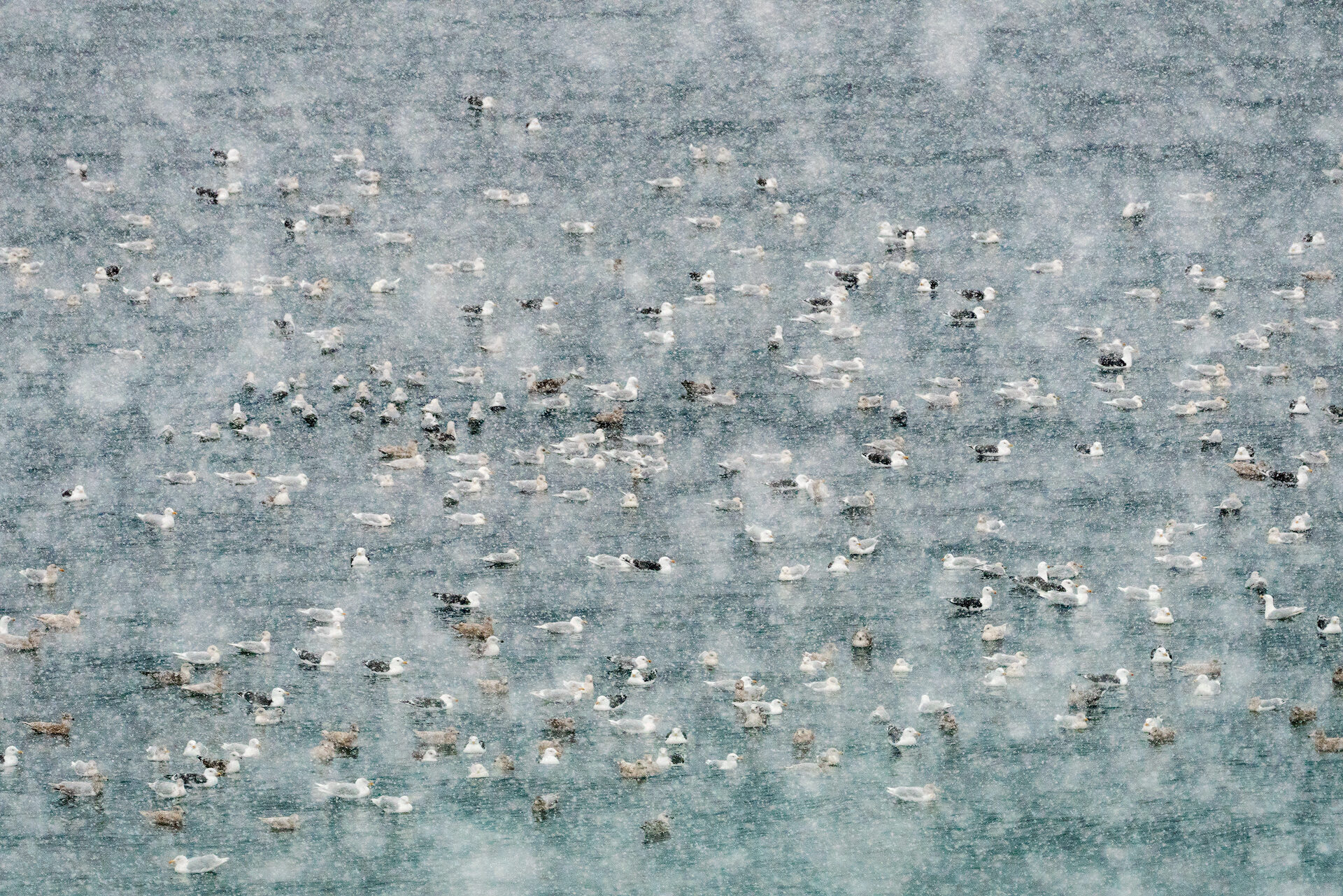
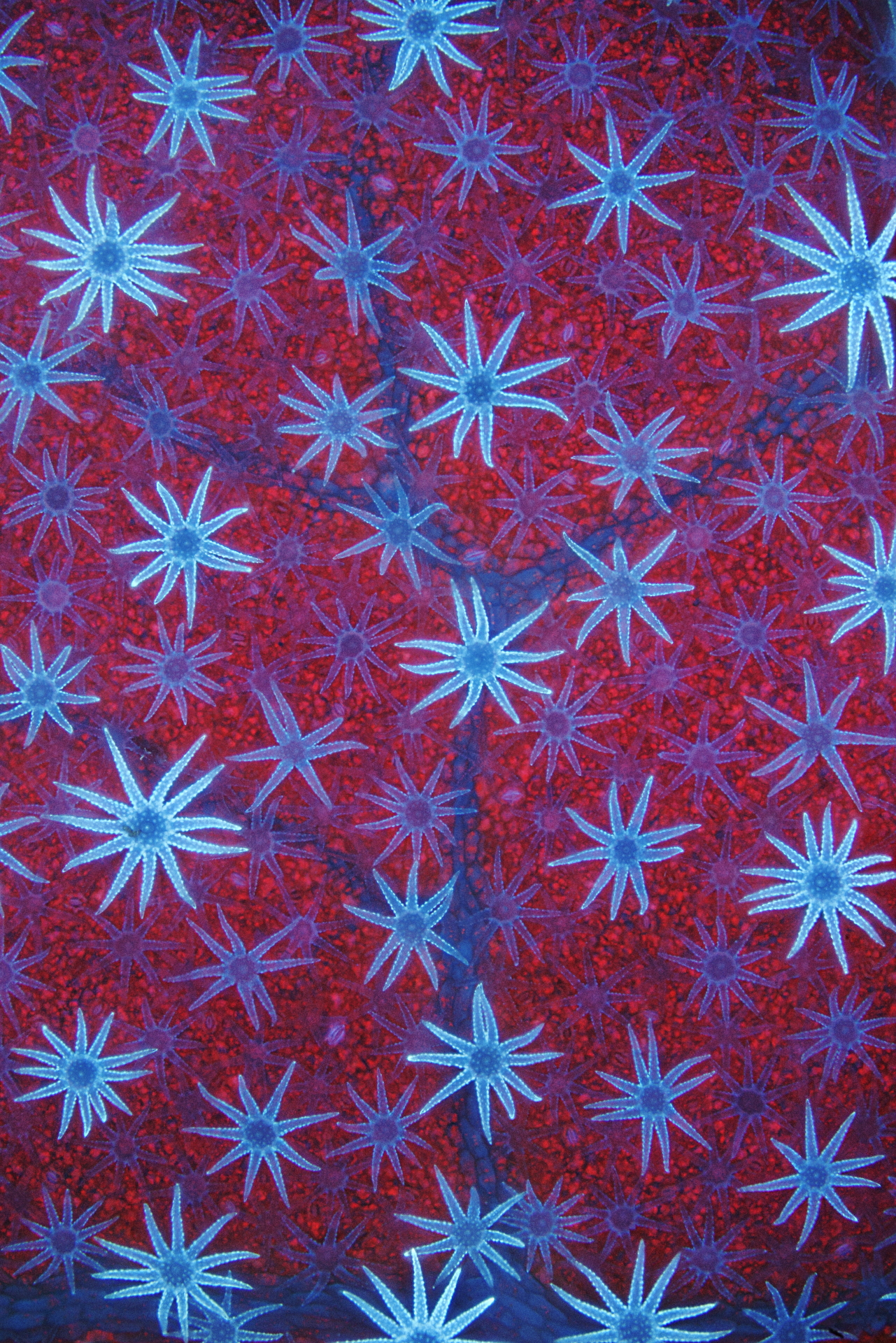
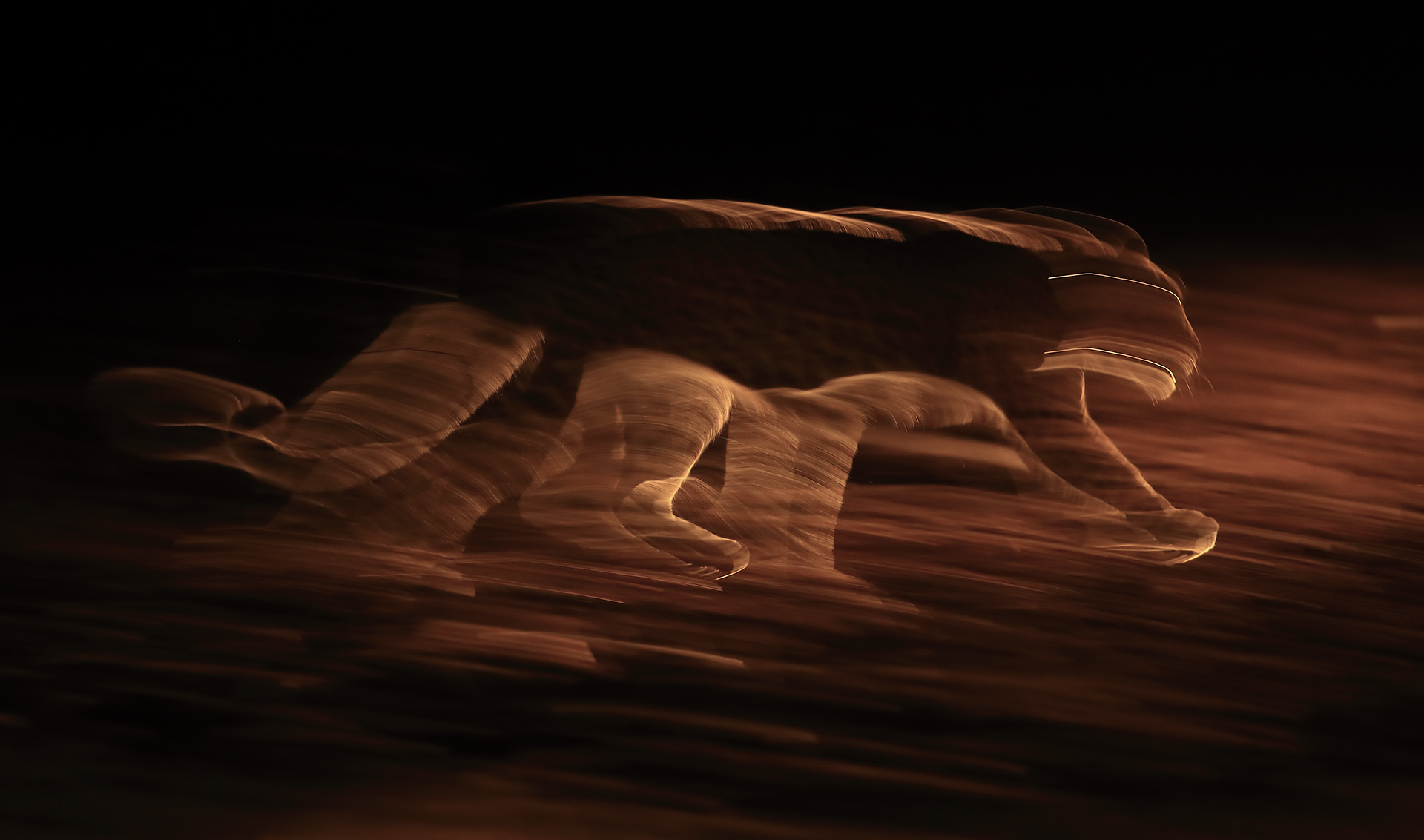
.jpg)
.jpg)

